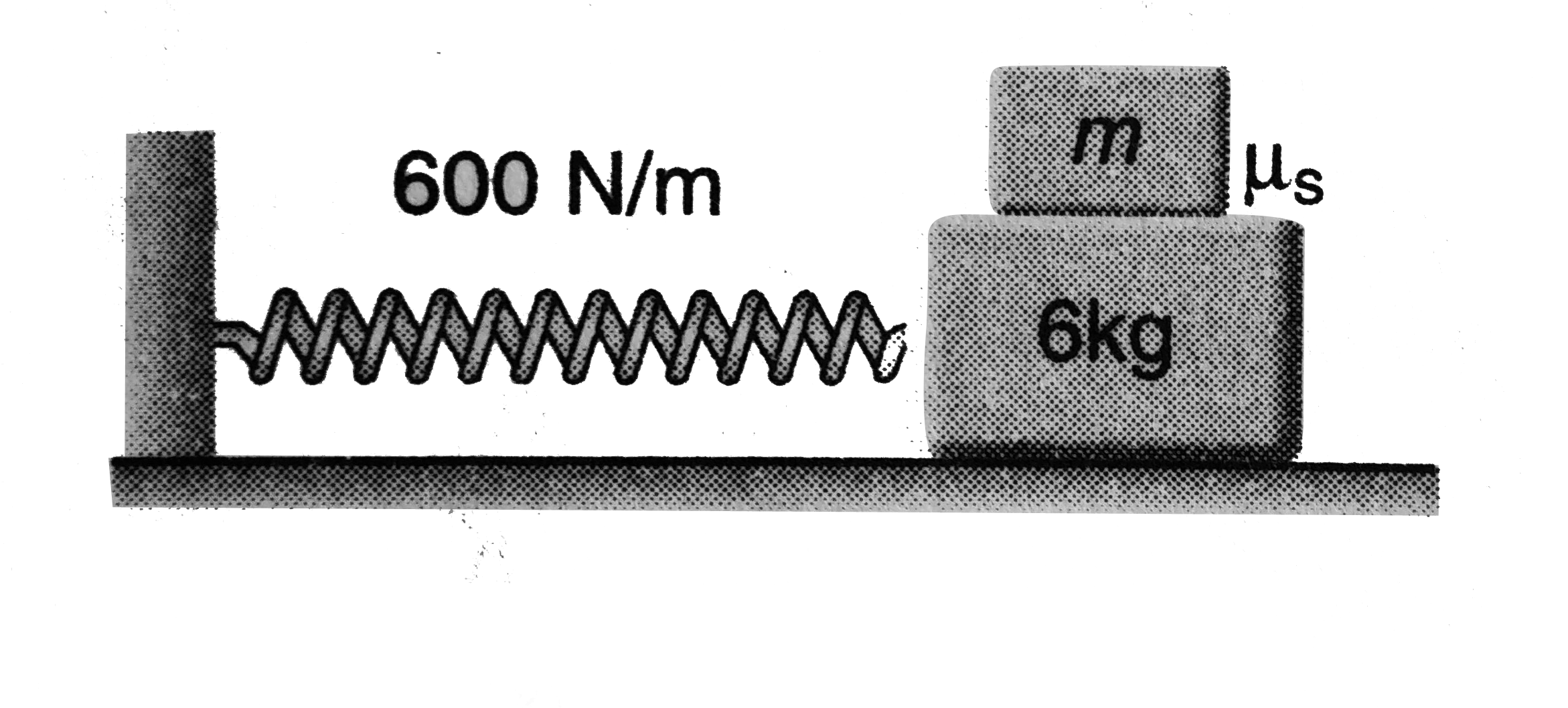The half life of Tc99 is 6.0hr. The delivery of a sample of Tc99 from the reactor to the nuclear medicine lab of a certain hospital takes 3.0hr. What is the minimum amount of Tc99 that must be shipped in order for the lab to receive 10.0mg ?
20.0 mg
15.0 mg
14.1 mg
12.5 mg
The correct Answer is:C
Step by step video, text & image solution for The half life of Tc^(99) is 6.0 hr. The delivery of a sample of Tc^(99) from the reactor to the nuclear medicine lab of a certain hospital takes 3.0 hr. What is the minimum amount of Tc^(99) that must be shipped in order for the lab to receive 10.0 mg ? by Chemistry experts to help you in doubts & scoring excellent marks in Class 12 exams.
Topper's Solved these Questions
- BOOK - MOTIONCHAPTER - RADIOACTIVITY EXERCISE - EXERCISE - 215videos
RADIOACTIVITY
- BOOK - MOTIONCHAPTER - RADIOACTIVITY EXERCISE - EXERCISE - 323videos
RADIOACTIVITY
- BOOK - MOTIONCHAPTER - RADIOACTIVITY EXERCISE - EXERCISE - 4 LEVEL - II20videos
RADIOACTIVITY
- BOOK - MOTIONCHAPTER - PERIODIC TABLE EXERCISE - Exercise - 4 | Level-II22videos
PERIODIC TABLE
- BOOK - MOTIONCHAPTER - S-BLOCKEXERCISE - EXERCISE - 3 Level - II Previous Year | JEE adv4videos
S-BLOCK
Similar Questions
The half life of Te99 is 6h. The activity of Te99 in a patient, 36 h after receiving an injection containing this isotope is 0.125μci. What was the minimum activity of the sample injected?
View SolutionWith the assumption of no slipping, determine the mass m of the block which must be placed on the top of a 6kg cart in order that the system period is 0.75s. What is the minimum coefficient of static friction μs for which the block will not slip relative to the cart is displaced 50mm from the equilibrium position and released? Take (g=9.8m/s2).
 View Solution
View Solution
Knowledge Check
- Question 1 - Select One
The half-life of Tc99 is 6 h. The activity of Tc99 in a patient , 60 h after receiving an injection conataining this radiosotope is at least 0.125 μCi. What was the minimum activity (in μci) of the sample injected?
A1.25μCiB12.5μCiC128 μCiD125 μCi - Question 2 - Select One
The half-life of Tc99 is 6.0 hr. The total residual activity in a patient 30 hr after receiving an injection containing Tc99 must be more than 0.01 μCi. What is the maximum activity (inμCi) that the sample injected can have?
A0.16B0.32C0.64D0.08 - Question 3 - Select One
The half life period of a first order chemical reaction is 6.93 minutes. The time required for the completion of 99% of the reaction will be (log2=0.301)
A230.3 minutesB23.03 minutesC46.06 minutesD460.6 minutes.
What is half life of first order reaction if time required to decrease concentration of reactants from 0.8M to 0.2M is 12 hrs.
View SolutionThe half-life period of a first-order chemical reaction is 6.93min. The time required for the completion of 99% of the chemical reaction will be (log2=0.301)
View SolutionTwo mass A and B of 5 kg and 6 kg are connected by a string passing over a frictionless pulley fixed at the corner of table as shown in figure-2.179. The coefficient of friction between A and the table is 0.3. The minimum mass of C that must be placed on A to prevent it from moving is equal to : (Take g=10ms2)
 View Solution
View SolutionIn the atmosphere, carbon dioxide is found in two forms, i.e., .12CO2 and .14CO2. Plants absorb CO2 during photosynthesis. In presence of chlorophyll, plants synthesise glucose.
6CO2+6H2O→hv−−→C6H12O6+6O2↑⏐⏐
Half life of .14C is 5760 years. The analysis of wooden artifacts for .14C and .12C gives useful information for deermination of its age. all living organisms, because of their constant exchange of CO2 with the surrounding have the same ratio of .14C to .12C, i.e., 1.3×10−12. When an organism dies, the .14C in it keeps on decaying as follows:
.146C→.147N+.0−1e + Energy
Thus, the ratio .14C/12C decrease with the passage of time. we can be used to date anything made of organic matter, e.g., bone, skeleton, wood, etc. Using carbon dating material have been dated to about 50,000 years with accuracy.
A piece of wood from an archaeological source shows a .14C activity which is 60% of the activity found in fresh wood today. The age of archaeological sample will be:View SolutionIn the atmosphere, carbon dioxide is found in two forms, i.e., .12CO2 and .14CO2. Plants absorb CO2 during photosynthesis. In presence of chlorophyll, plants synthesise glucose.
6CO2+6H2O→hv−−→C6H12O6+6O2↑⏐⏐
Half life of .14C is 5760 years. The analysis of wooden artifacts for .14C and .12C gives useful information for deermination of its age. all living organisms, because of their constant exchange of CO2 with the surrounding have the same ratio of .14C to .12C, i.e., 1.3×10−12. When an organism dies, the .14C in it keeps on decaying as follows:
.146C→.147N+.0−1e + Energy
Thus, the ratio .14C/12C decrease with the passage of time. we can be used to date anything made of organic matter, e.g., bone, skeleton, wood, etc. Using carbon dating material have been dated to about 50,000 years with accuracy.
A sample of ancient wooden boat is found to undergo 9 dpm g−1 of .14C What is the approximate age of the boat? The rate of disintegration of wood recently cut down is 15 dpm g−1 of .14CView Solution

